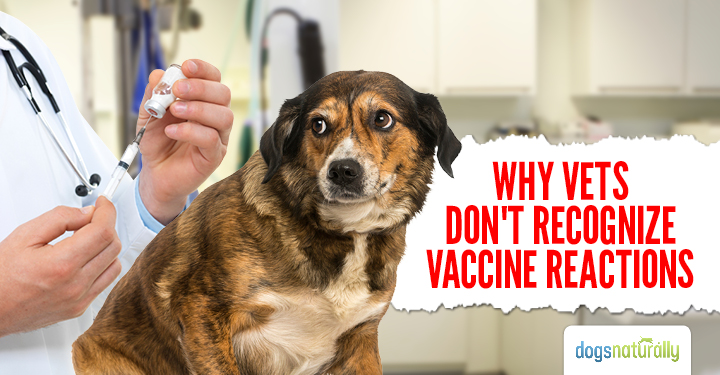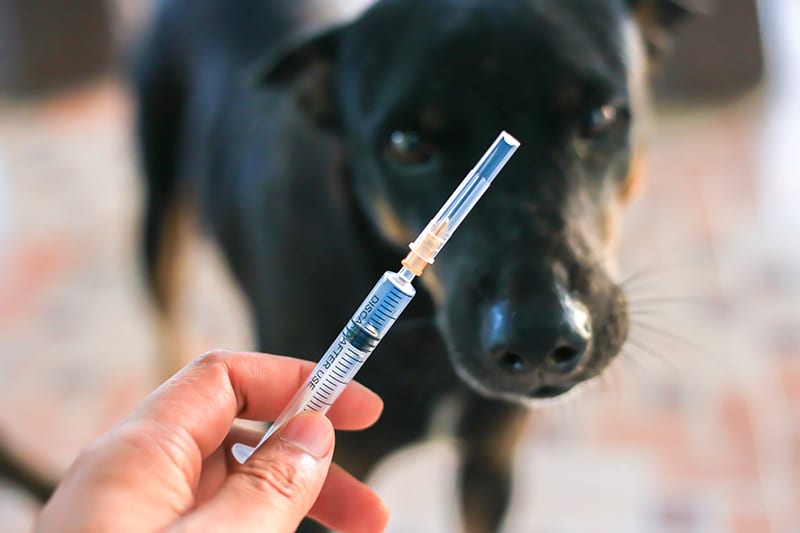
Side Effects Of The Bordetella Vaccine. Side Effects Of Bordetella Vaccine For Cats.

In very rare cases hypersensitivity reactions may occur.
Canine intranasal bordetella vaccine reactions. Side Effects Of The Bordetella Vaccine. The side effects of the Bordetella vaccine can be rather difficult in some cases. Your dog may experience some sneezing right after the nose drops have been administered followed by persistent periods of coughing and nasal discharge that can last between three to 10 days.
The drops can also cause serious. A three-year-old wire fox terrier inadvertently was given an intranasal Bordetella bronchiseptica and canine parainfluenza vaccine subcutaneously. The dog subsequently developed both a local inflammatory reaction at the injection site and acute nonseptic hepatocellular degeneration and.
Dogs showed a primary serologic response to CPI virus and B bronchiseptica after vaccination and an anamnestic response to the bacterium after challenge exposure. Adverse local or systemic reactions attributable to the bivalent vaccine were not observed in the vaccinated dogs. Davis R Jayappa H Abdelmagid OY Armstrong R Sweeney D Lehr C.
Comparison of the mucosal immune response in dogs vaccinated with either an intranasal avirulent live culture or a subcutaneous antigen extract vaccine of Bordetella bronchiseptica. Rarely dogs develop anaphylactic reactions to the Bordetella vaccine causing rapid hear breat and shortness of breath. These reactions have the potential to result in shock or even death.
In very rare cases lethargy and vomiting may occur after vaccination. In very rare cases hypersensitivity reactions may occur. Such reactions may evolve to a more serious condition anaphylaxis which may be life threatening.
This product is designed for intranasal use only with the enclosed applicators. Systemic reactions resulting from inadvertent intramuscular or subcutaneous injection have been reported. Symptoms may include vomiting diarrhea lethargy inappetence jaundice and death associated with liver failure.
The intranasal Bordetella vaccine offers the additional advantage of coming in a bivalent or trivalent form containing parainfluenza andor adenovirus-2 thus providing even broader protection against common causes of canine infectious respiratory diseases. On the other hand vaccine labeled for intranasal topical administration can be administered as early as 3 weeks of age depending on the product appears to induce a local immune response that is not interfered with by maternal antibody and has a relatively rapid onset 3 to 5 days. Canine facilities such as dog daycare centers boarding kennels shows dog parks and training classes often require dogs to have the vaccine.
This is because Bordetella bronchiseptica is the. Side effects are a big concern for pet parents about dog vaccinations in general but according to Dr. Schwartz the Bordetella vaccine shouldnt cause an issue.
There are no common side effects Dr. The product contains live B. Bronchiseptica strain B-C2 and live canine parainfluenza virus strain Cornell.
After intranasal vaccination the product stimulates the development of active immunity against B. Bronchiseptica and canine parainfluenza virus. No data on the influence of maternal antibodies on the effect of vaccination with Nobivac KC.
Protects against Bordetella canine parainfluenza virus and canine adenovirus type. Offers the superior benefits of intranasal administration. Can be used in puppies as young as 3 weeks of age because maternal antibodies do not interfere with localized antibody response.
If your veterinarian has recommended the canine parainfluenza virus and Bordetella bronchiseptica vaccine this is usually given as a single intranasal vaccine dripped into the nostrils with the dogs head held slightly back with your puppys second core C3 vaccine and then annually. This vaccination can also be given by a needle under the skin as a single. Severe coughing or difficulty breathing.
Respiratory distress occurring 2-5 days after your pet receives an intranasal Bordetella kennel cough vaccine This list fails to include reactions like shock and death 83 and 55. These vaccines may be administered in combination with canine parainfluenza and CAV-2 vaccines. Intranasal or oral vaccines must never be delivered by parenteral injection since these live vaccines retain some virulence and may therefore cause severe adverse reactions and.
Post vaccinal reactions consisting of mild canine cough may occur following use of this vaccine. Fetal health risks associated with the vaccination of pregnant animals with this vaccine cannot be unequivocally determined during clinical trials conducted for licensure. If an intranasal Bordetella vaccine is given subcutaneously it needs to be documented thoroughly so that the animal can be monitored appropriately.
Most often no problems arise when the vaccine is given by the incorrect route. Modern vaccines are extremely effective and safe. However it is common for many pets to experience mild side effects following vaccination similar to those that humans experience.
Other less common but more serious side effects can occur within minutes to hours after vaccination. These reactions are considered medical emergencies and you should seek veterinary care. A vaccine is a preparation of either killed or altered microorganisms that is administered into the body.
Depending on your locality some infections may be more or less likely. The range of vaccines available includes rabies distemper adenovirusinfectious canine hepatitis parvovirus leptospirosis parainfluenza coronavirus Bordetella bronchiseptica Lyme disease and canine. Side Effects Of Bordetella Vaccine For Cats.
Once your cat receives the Bordetella vaccine theres a chance that they might start to sneeze for a couple of days after the vaccine has been administered. A study by the Cornell University College of Veterinary Medicine has deduced that this is a standard and normal reaction. Contact your vet if any other side effects begin to.
Some cause more harm than good. Currently most vets consider the intranasal kennel cough vaccines to be the most effective. But the problem goes back to that mixed infection aspect of kennel cough.
The intranasal vaccines only contain canine parainfluenza and Bordetella bronchiseptica. This means the vaccine is ineffective. The canine Bordetella appears to pose minimal risk to humans and the human Bordetella likewise does not appear to pose a risk to dogs.
Infectious tracheobronchitis is known colloquially as kennel. Vaccinated animals can spread the Bordetella bronchiseptica vaccine strain for six weeks and the canine parainfluenza vaccine strain for a few days after vaccination. Immunosuppressive medication may impair the development of active immunity and may increase the chance of adverse effects caused by the live vaccine strains.